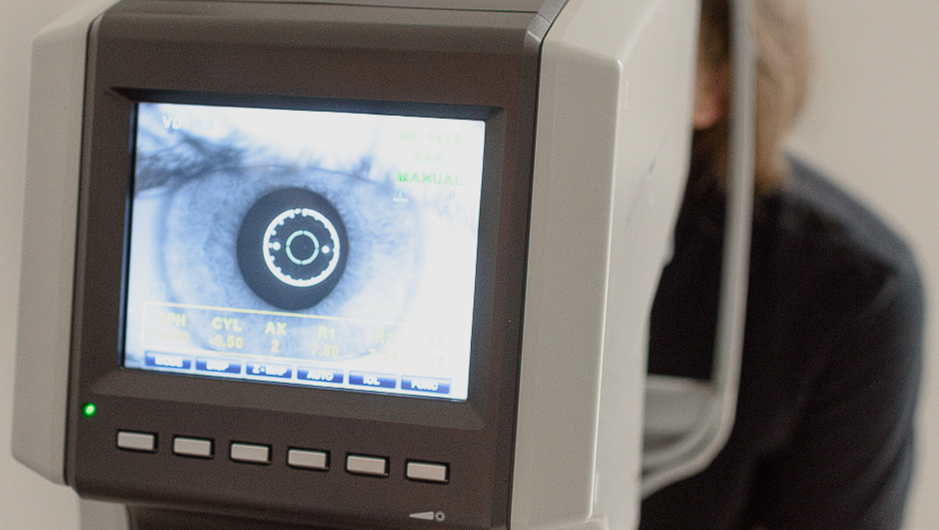Paralyzed woman speaks through digital avatar
Others are reading now
In a groundbreaking advancement, a severely paralyzed woman has been able to communicate through a digital avatar, translating her brain signals into speech and facial expressions.
According to The Guardian this technological leap offers hope for transforming the lives of individuals who have lost the ability to speak due to conditions like strokes and amyotrophic lateral sclerosis (ALS).
Traditional speech synthesizers, relying on eye tracking or small facial movements, have been slow and cumbersome, making natural conversation nearly impossible.
The new technology, however, utilizes tiny electrodes implanted on the brain’s surface to detect electrical activity controlling speech and facial movements. These signals are then translated into the avatar’s speech and expressions, such as smiling or frowning.
Also read
Led by Prof. Edward Chang at the University of California, San Francisco (UCSF), the team’s goal is to restore a “full, embodied way of communicating.”
The patient, a 47-year-old woman named Ann, has been paralyzed for over 18 years following a brainstem stroke. The avatar technology could potentially enable her to work as a counselor in the future.
The Process and Results
The team implanted 253 electrodes on Ann’s brain, intercepting signals that would have controlled her tongue, jaw, larynx, and face muscles.
Through training with AI algorithms, the computer learned 39 distinctive sounds, translating them into intelligible sentences. A Chat GPT-style language model was used, and the avatar’s voice was personalized to sound like Ann’s voice before her injury.
Though not perfect, with a 28% error rate in decoding words, the technology generated brain-to-text at a rate of 78 words per minute. This is a significant improvement compared to traditional methods, making the technology practically useful for patients.
According to Prof. Nick Ramsey, a neuroscientist not involved in the research, “This is quite a jump from previous results. We’re at a tipping point.” The next crucial step is to create a wireless version of the brain-computer interface (BCI) that could be implanted beneath the skull.


